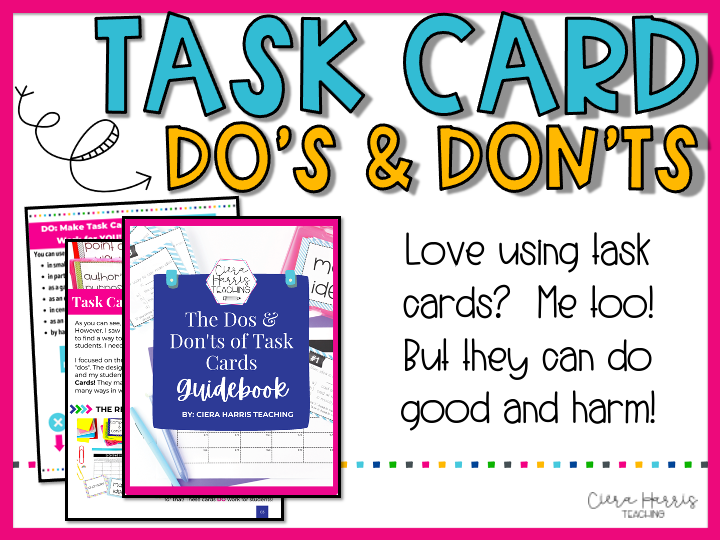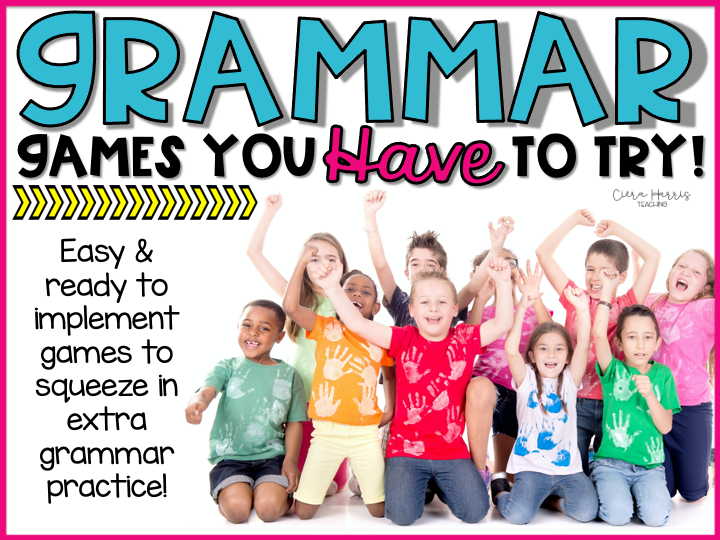As a reading coach, I always get asked how best to manage elementary reading centers. Honestly, this is such a great question! Reading centers are a powerful way to meet the needs of each student, but if not implemented just right, students will be off task. Unfortunately, the teacher often focuses on correcting behavior versus working with students. Thankfully, I have 4 simple tips for managing reading stations! These tips are excellent ways to ensure the classroom has structure, organization, and powerful learning. 
Want to watch the video instead? Check it out below! Make sure to subscribe to get updates on all new content!
Tip 1: Take Yourself out of a Station
Yes, you read that right! You, the teacher, should not be in a station. Ever. When you put yourself in one, you are in a very strict box. You force yourself to be on a schedule and don’t necessarily want this when working with students. So, taking yourself out and letting students rotate through will allow you to be much more flexible. This means students can receive the amount of assistance they need versus what the clock allows. It is crucial to remember that the needs of students will change when managing reading stations because the skills and standards change. Ultimately, students may be in a high group one week and a different group the next. You need the flexibility to pull students based on qualitative and quantitative data. You will no longer be limited to a set time when working with students. Some may be with you for 10 minutes, while others need 20.
As a review of this game-changing tip when managing reading stations, students still move. You do not. They rotate on a set schedule through all of your stations. They just don’t come to you in a station. You can pull them to work on a one-on-one assessment, a specific strategy, or a goal-setting conference. Having this flexibility will significantly transform your elementary reading centers.
Tip 2: Teaching and Reviewing Everything BEFORE Centers Begin
When managing reading stations, this is critical to remember. Everything students work on must be taught and reviewed before entering the center. This means you will avoid buying brand-new games, throwing them into a center, and hoping kids figure it out. We will also not rush through this instruction and quickly send students off to centers. If you want stations to run smoothly and successfully, you need to review and teach the expectations with precision. When you do this, students can work independently or in small groups and know what to do. They know exactly how to complete the assigned activity and can get right to work. Honestly, this is a huge way to manage behaviors! When students know what to do, they have a much higher chance of focusing and working hard.
Grab this Task Card Guidebook!

Tip 3: Grade Nothing
Yes, you heard me. Grade Nothing. When managing reading stations, the environment differs from one where you want to collect assessment data. When students are focused in centers, it still isn’t the focus and concentration desired for data collection. So, you can still look at the assignments and activities as completion grades but not count as an actual grades. There are too many distractions. Plus, you may have been busy when they needed to ask a question, or it may have been too noisy. So, you should just collect the work and see where the students are. There should be no grades based on the actual work when managing reading stations.
Tip 4: Must-Do, May-Do Activities
This one is my favorite. It is a fantastic way to motivate and focus kids to get their work done. You incorporate Must-Do, May-Do by looking at the activity you have them do in each station. The assignment should take 50 to 75 percent of the allotted time. Once they complete the assignment, they can work on the May-Do activities. These are fantastic and ones students love to do, such as games and silent reading. You can even use the Reading Comprehension Games! These all focus on specific skills, such as character perspective and context clues. However, students practice all the skills with fun, hands-on games. So, it builds in a natural enticement to get their Must-Do activity done.
Managing reading stations takes strategic implementation. If students do not know what to do or have too much/too little time, there will be behavior issues. However, if you use these tips when implementing elementary reading centers, students will know the high expectations. Thankfully, this means they will have fun while working on many skills, strategies, and standards!






